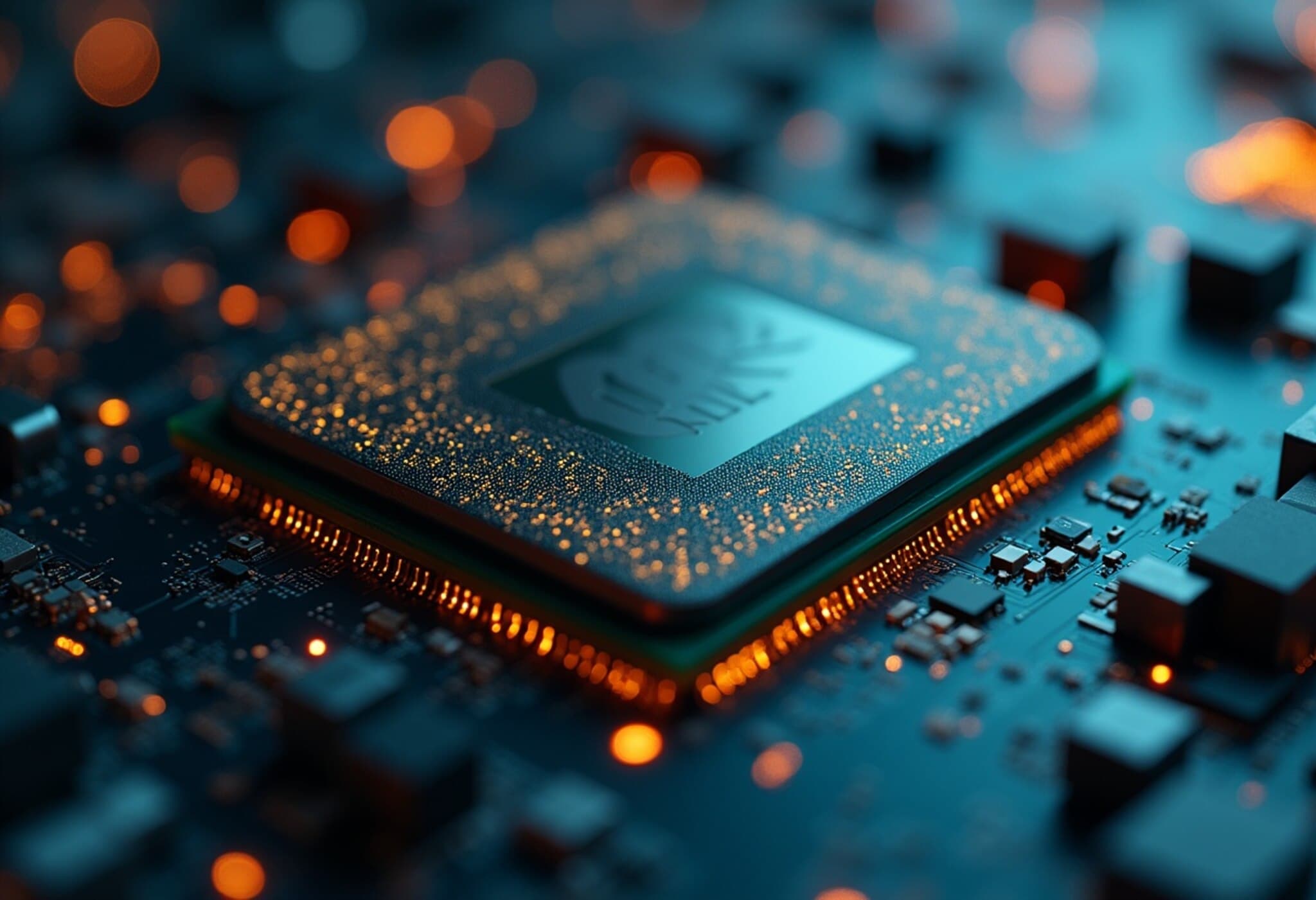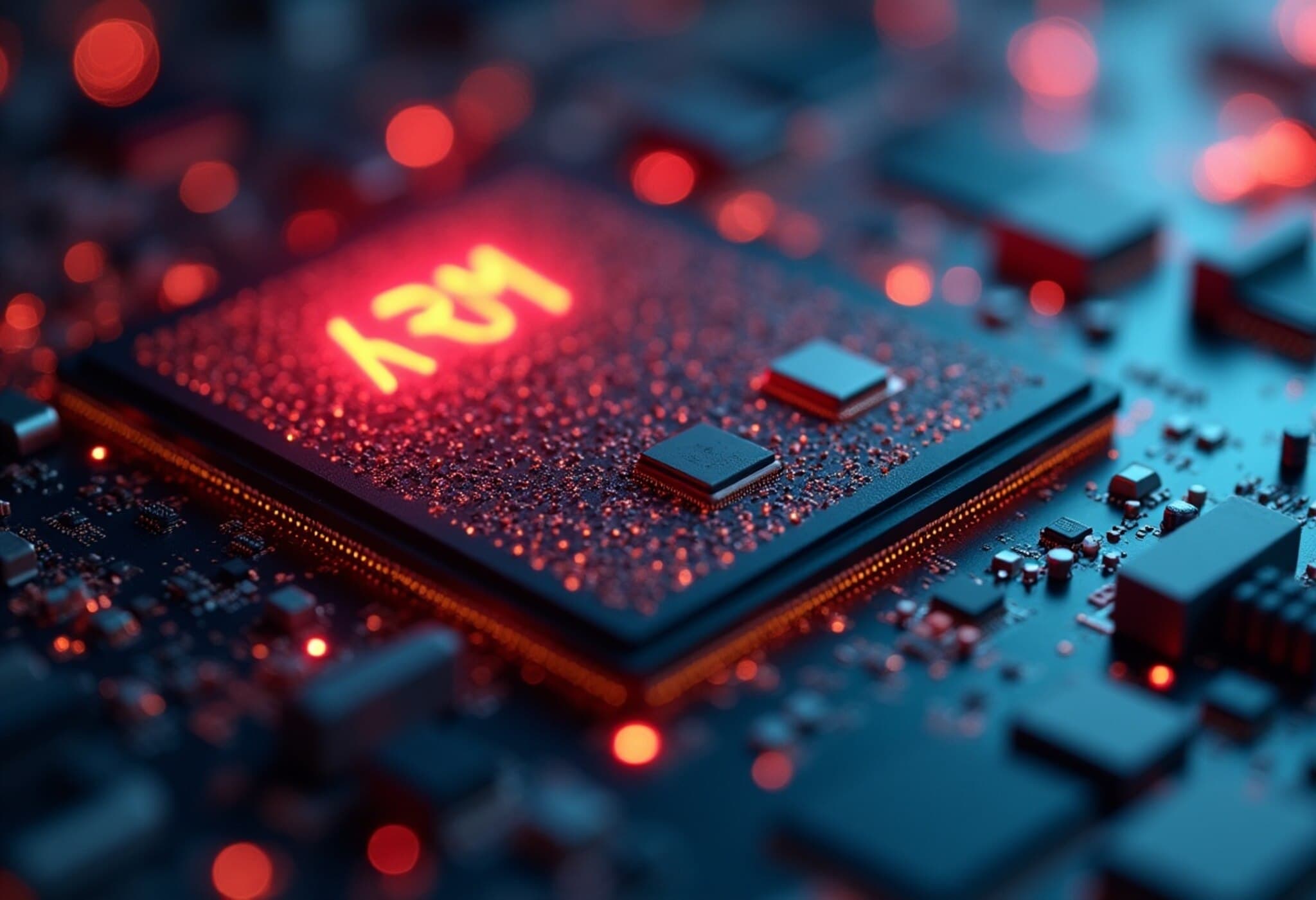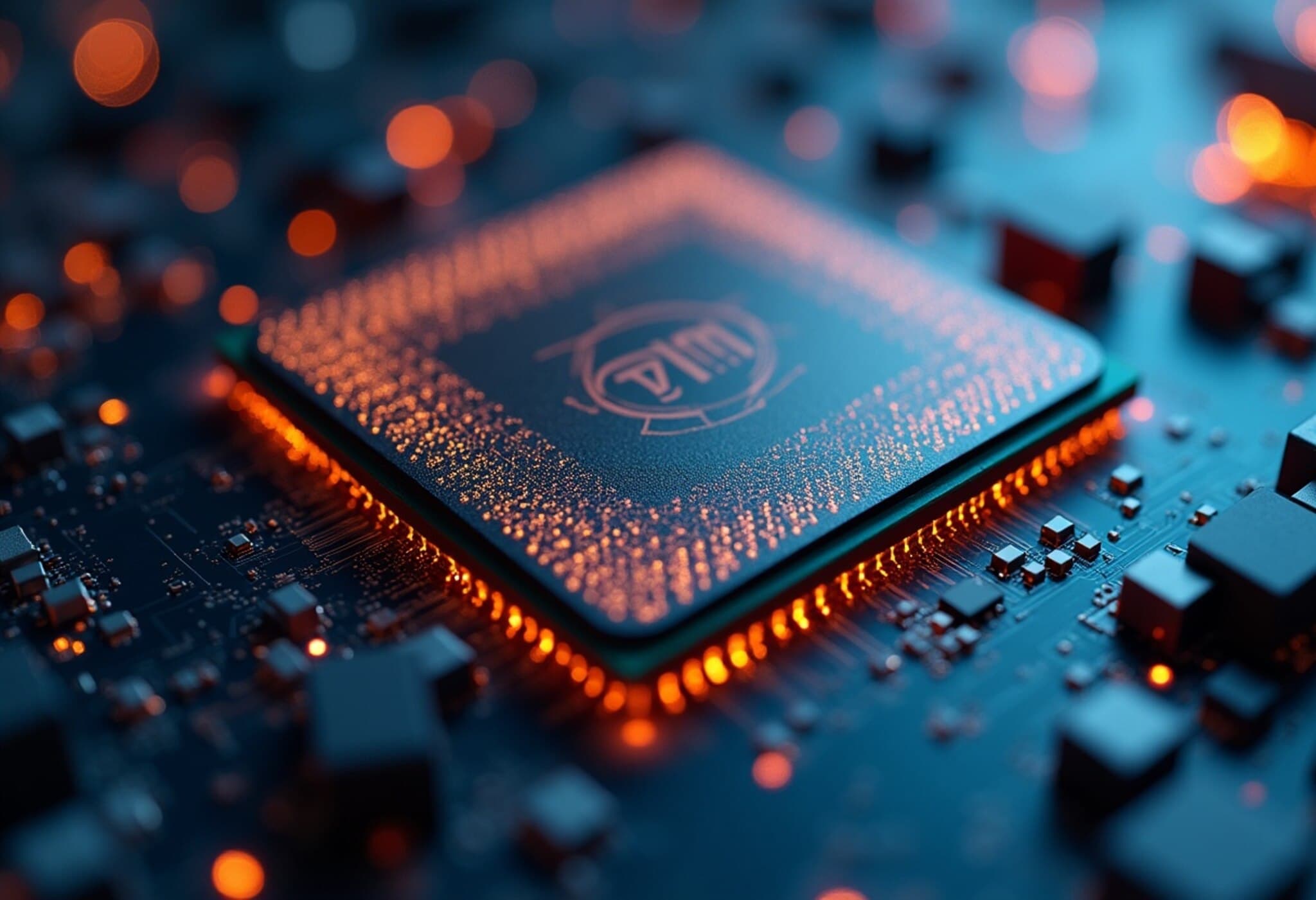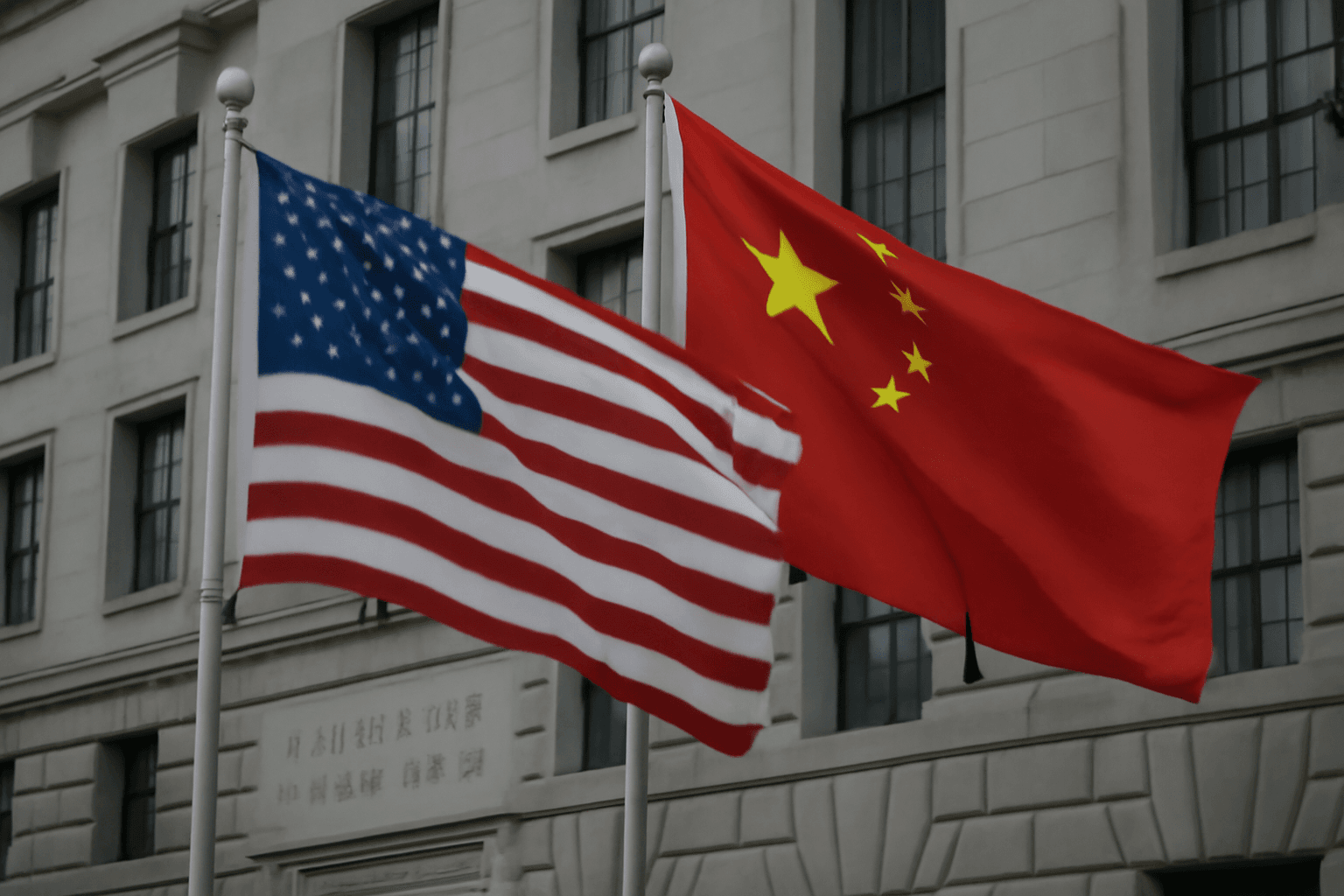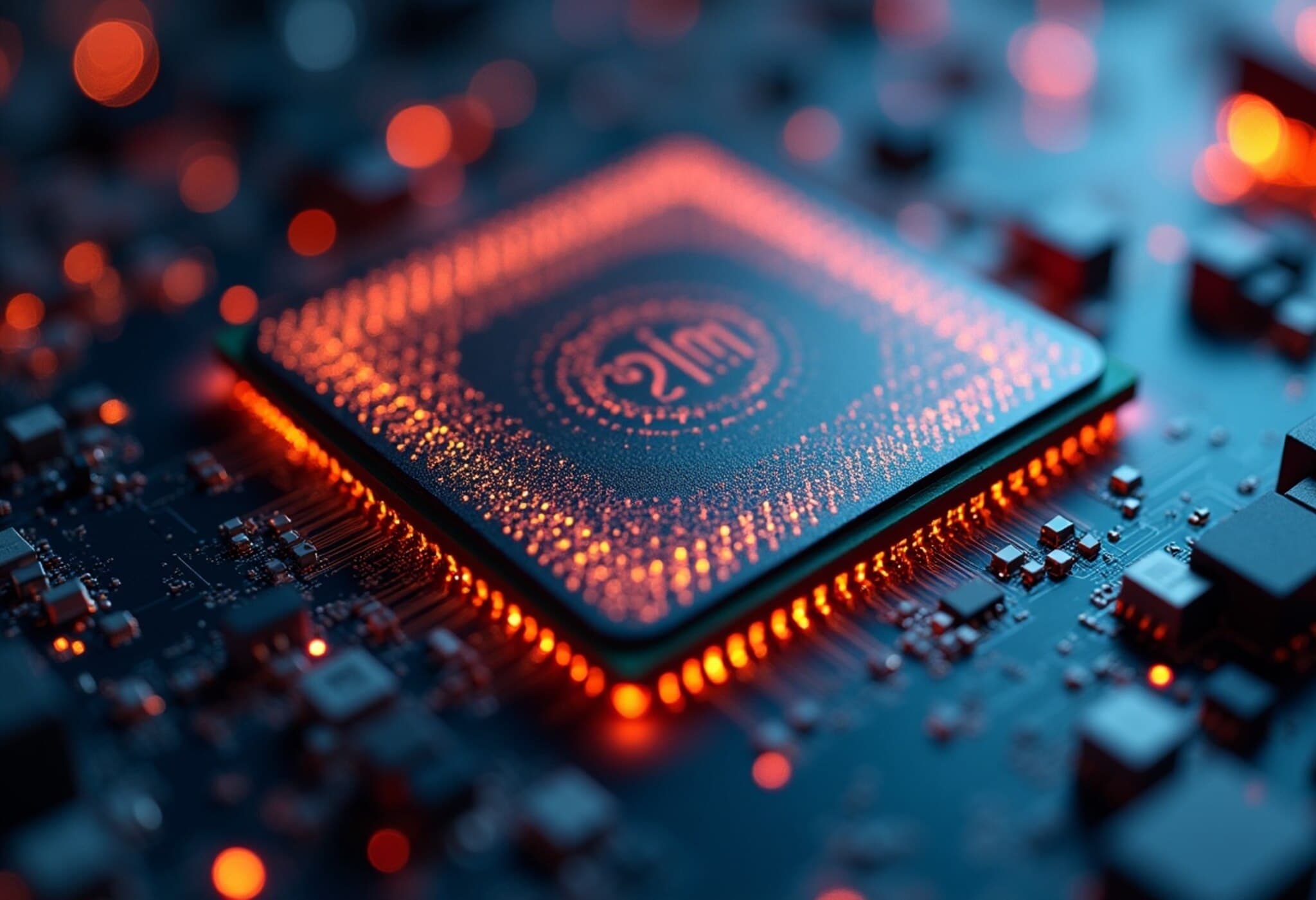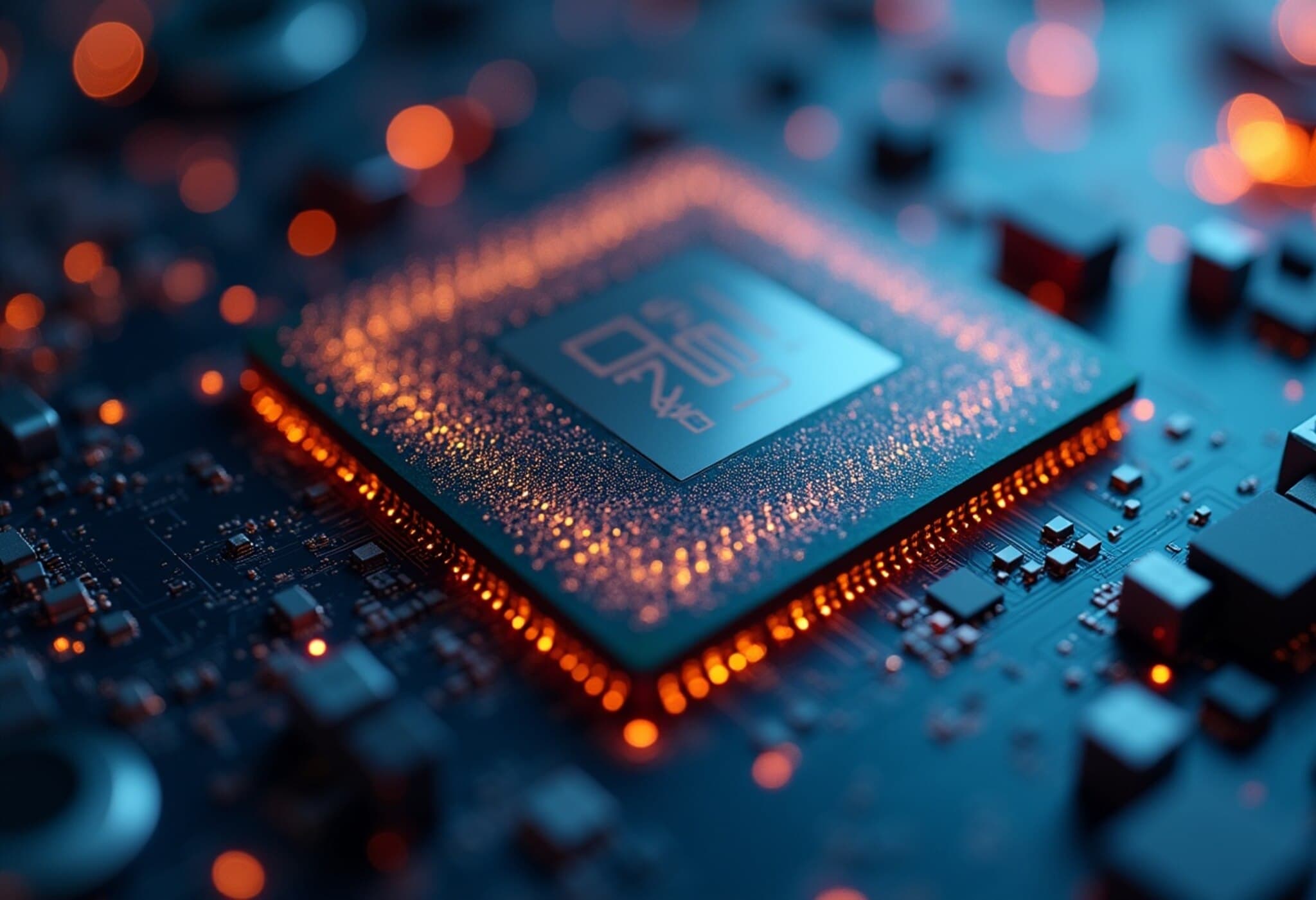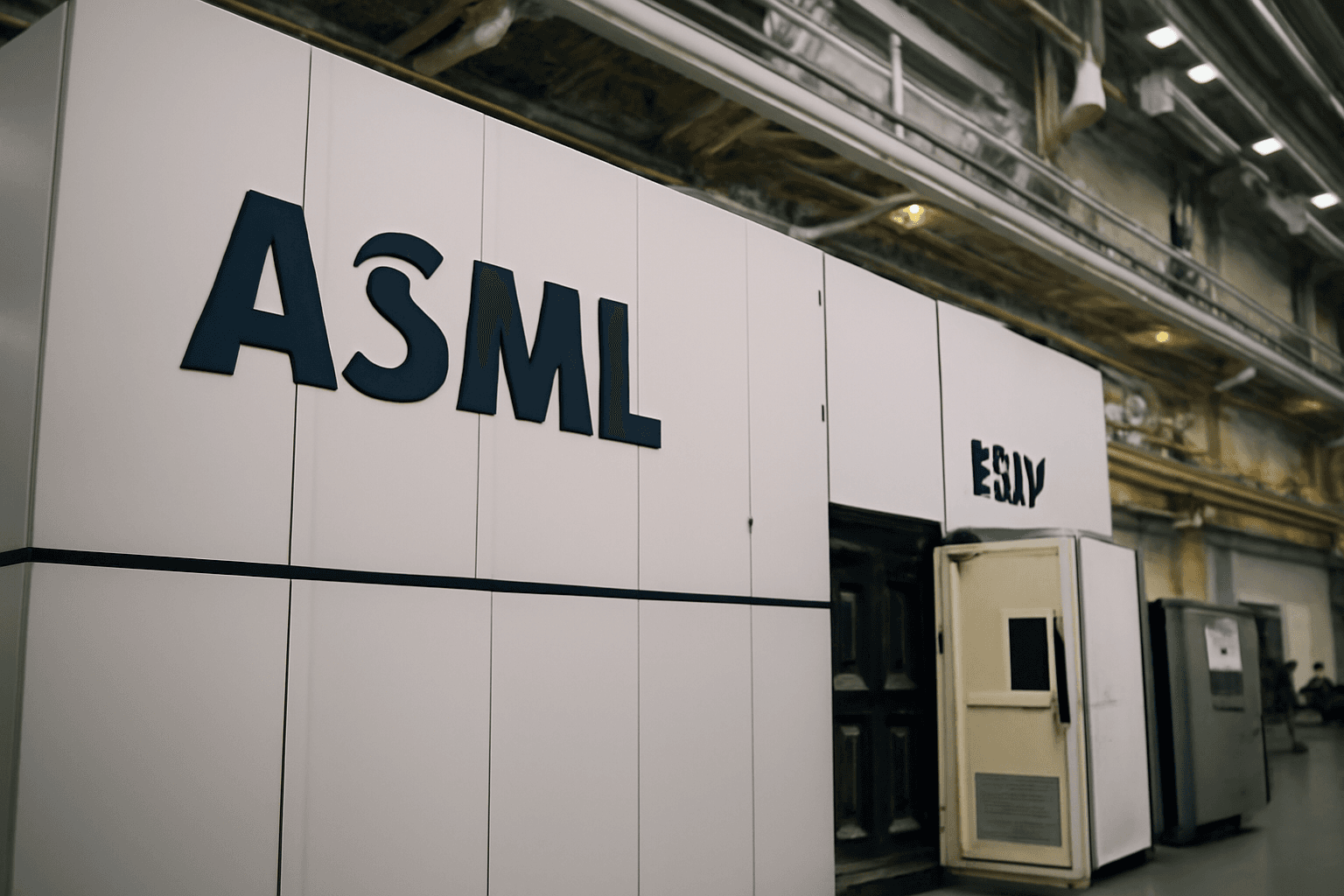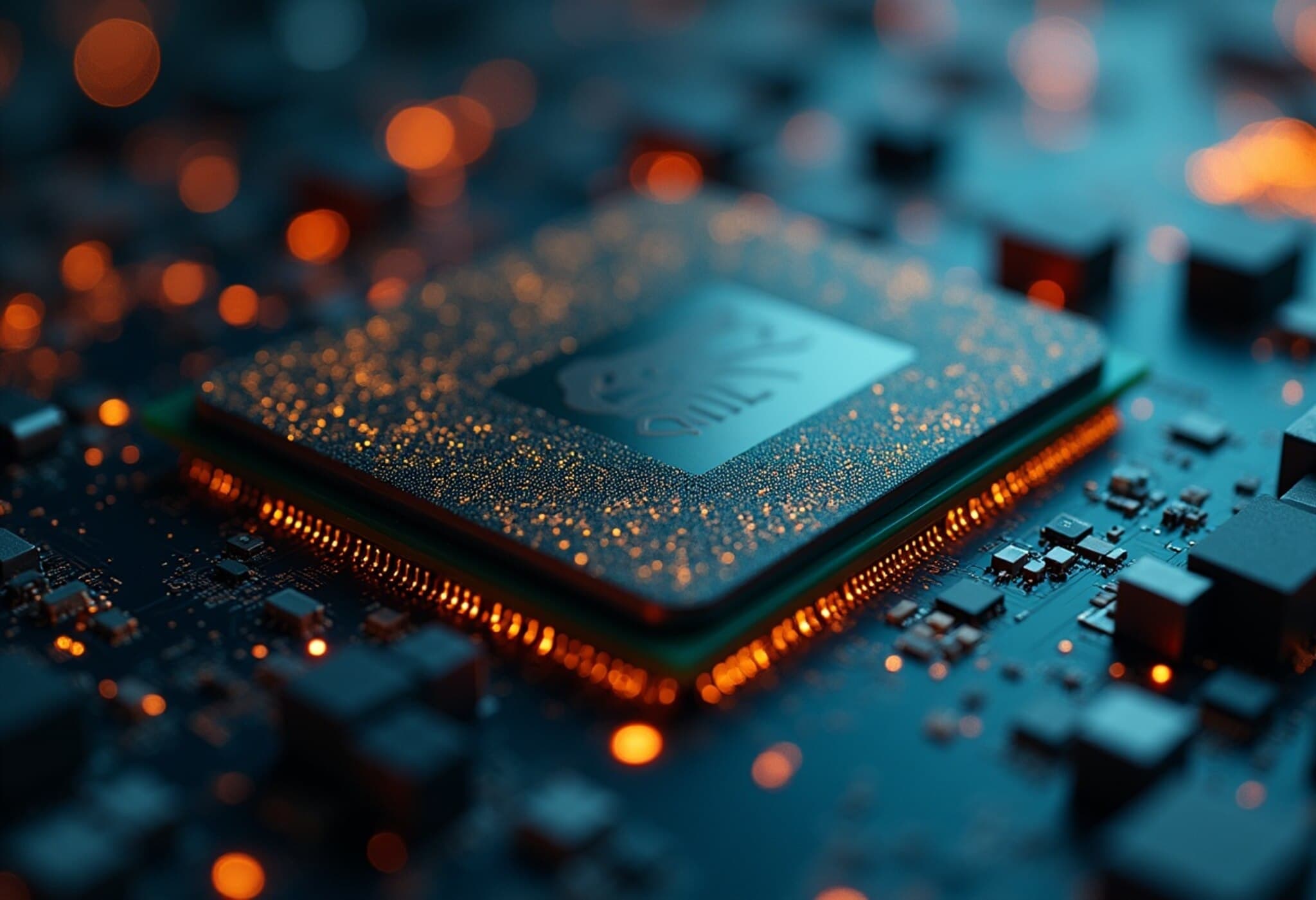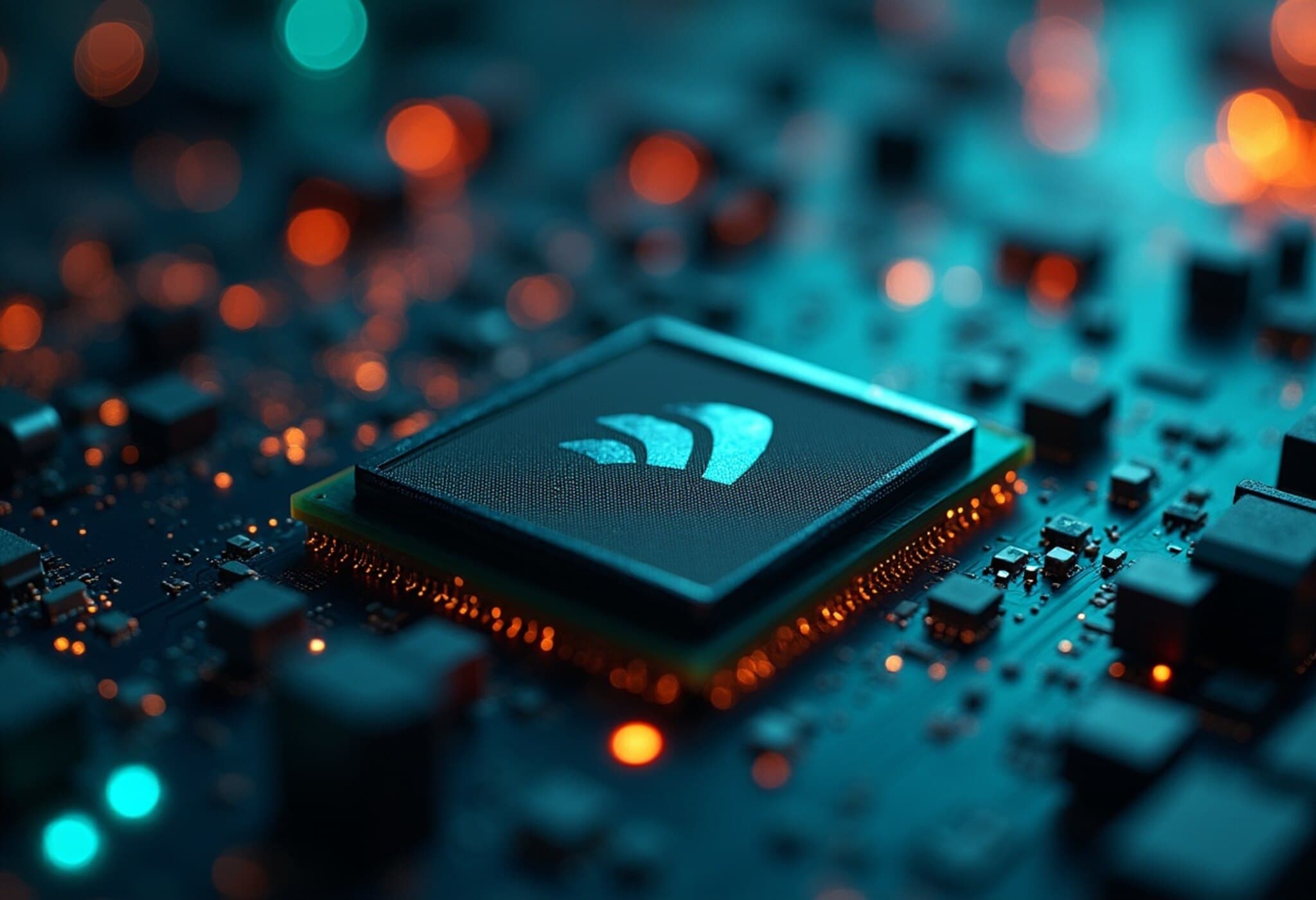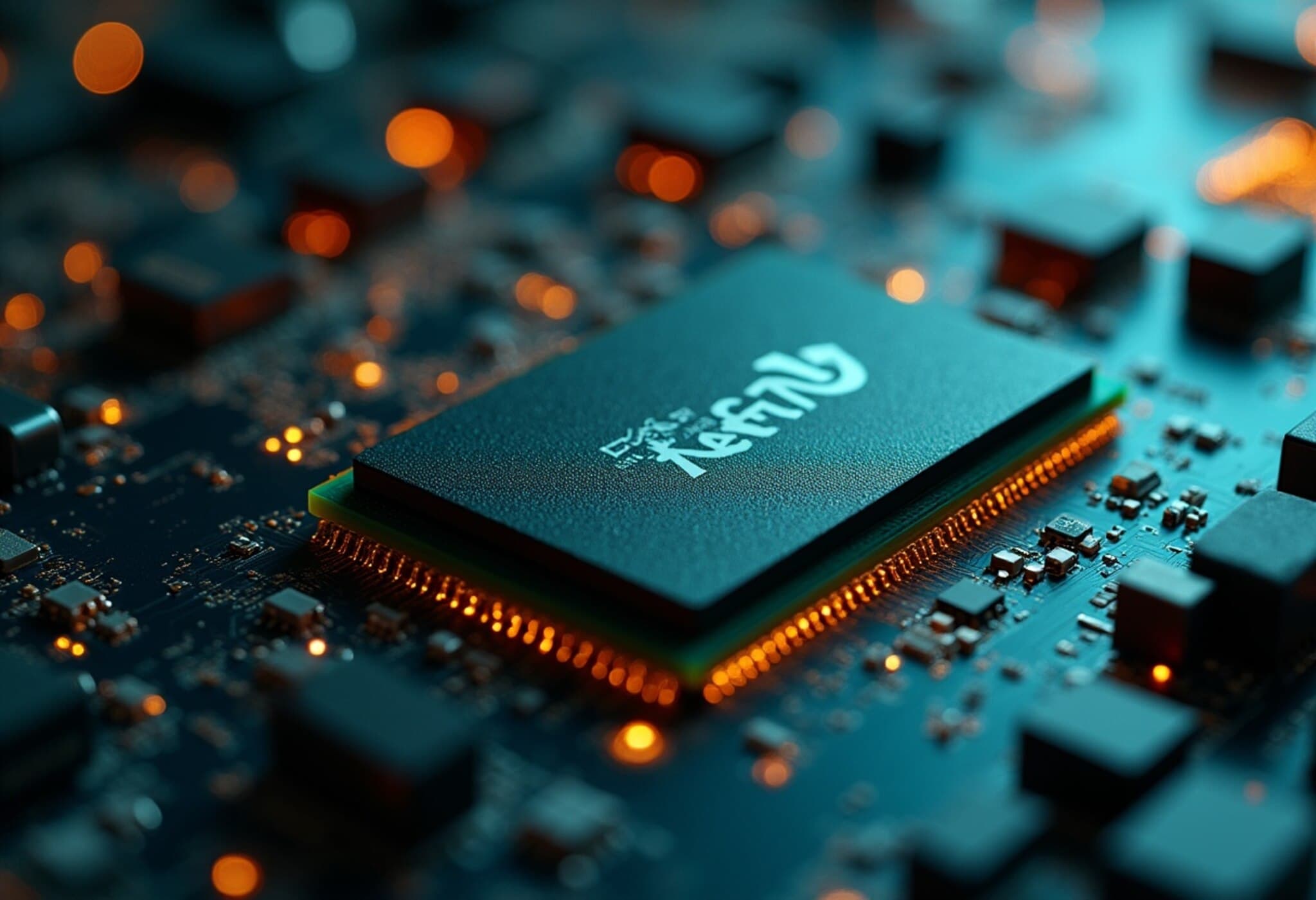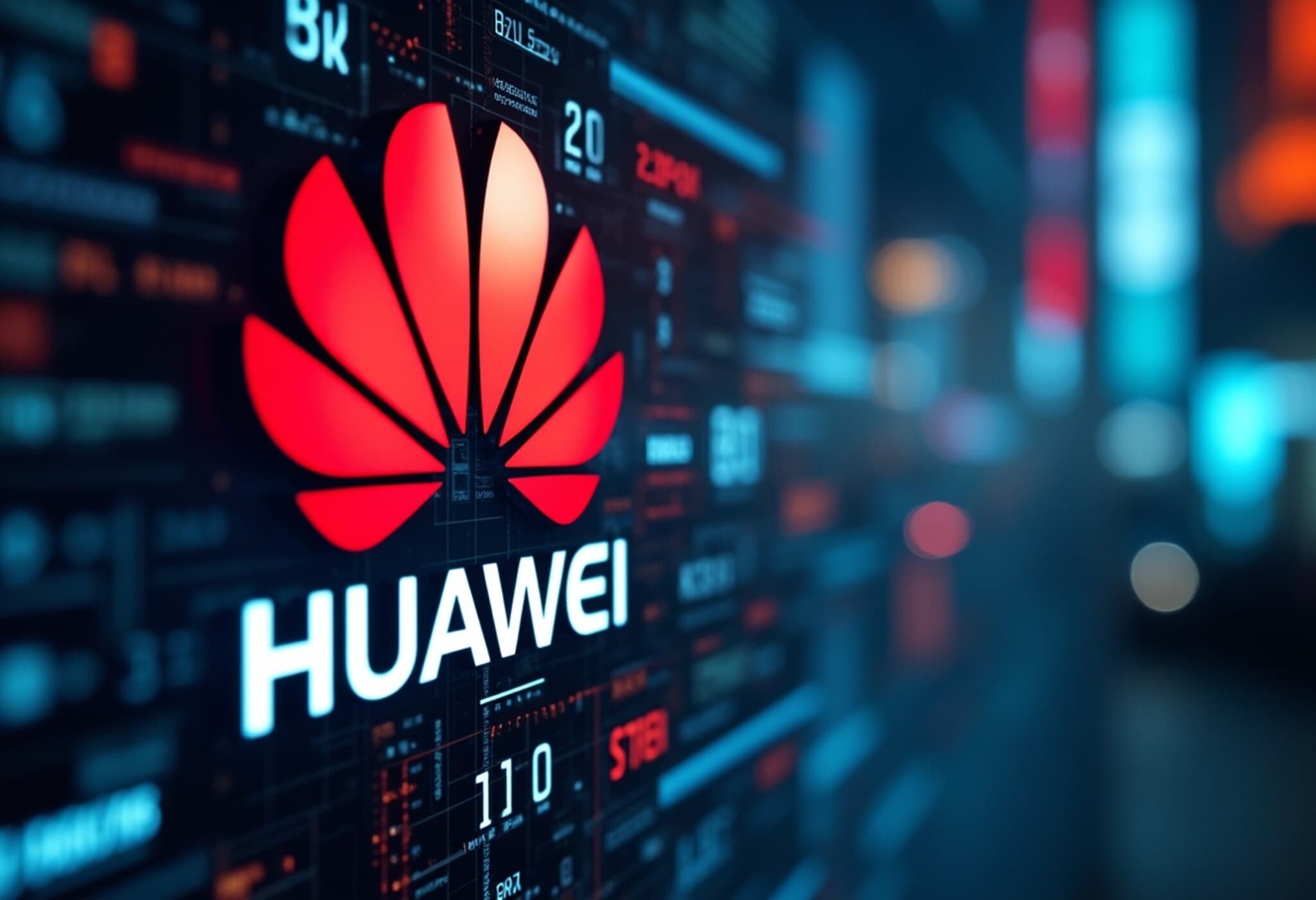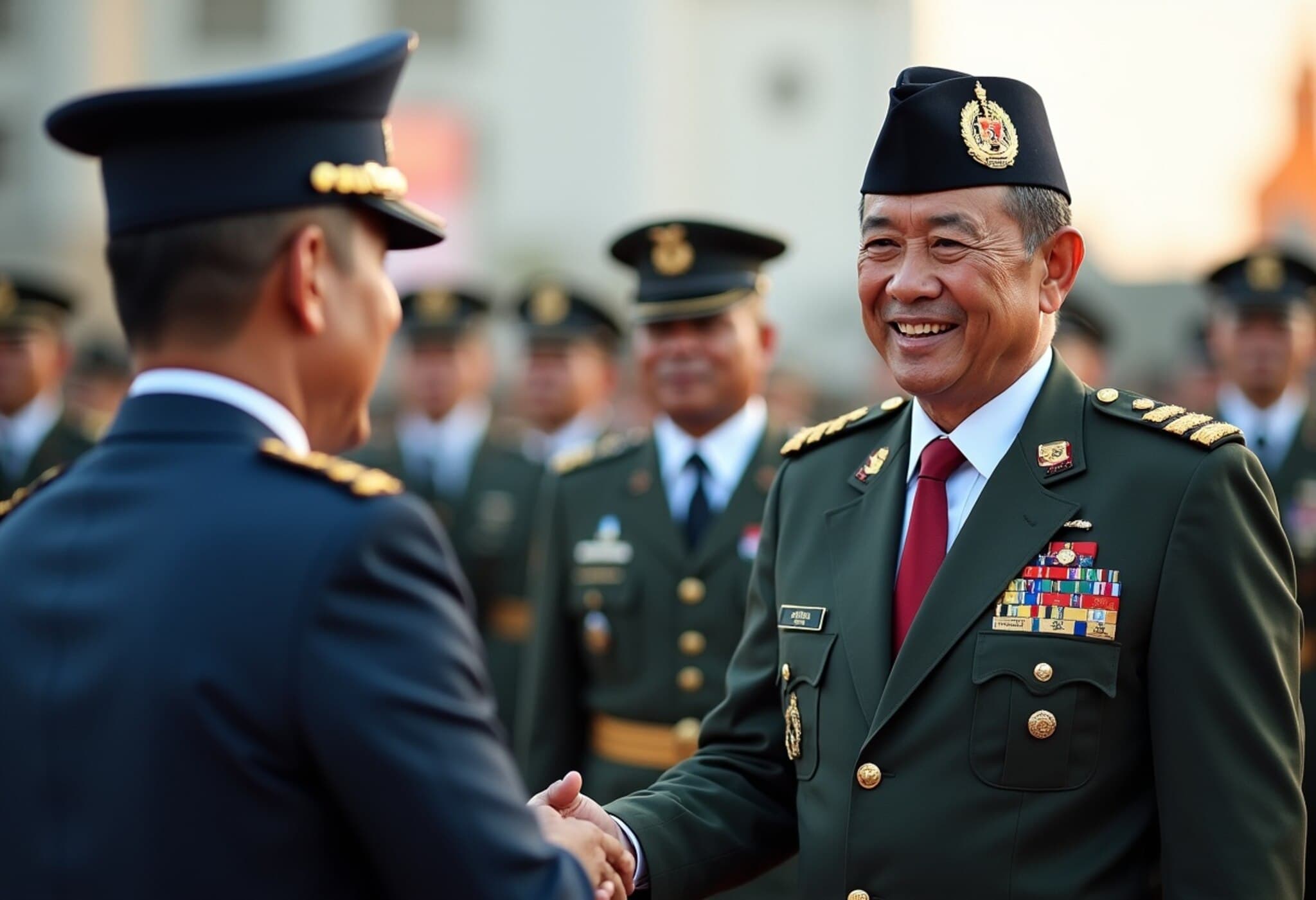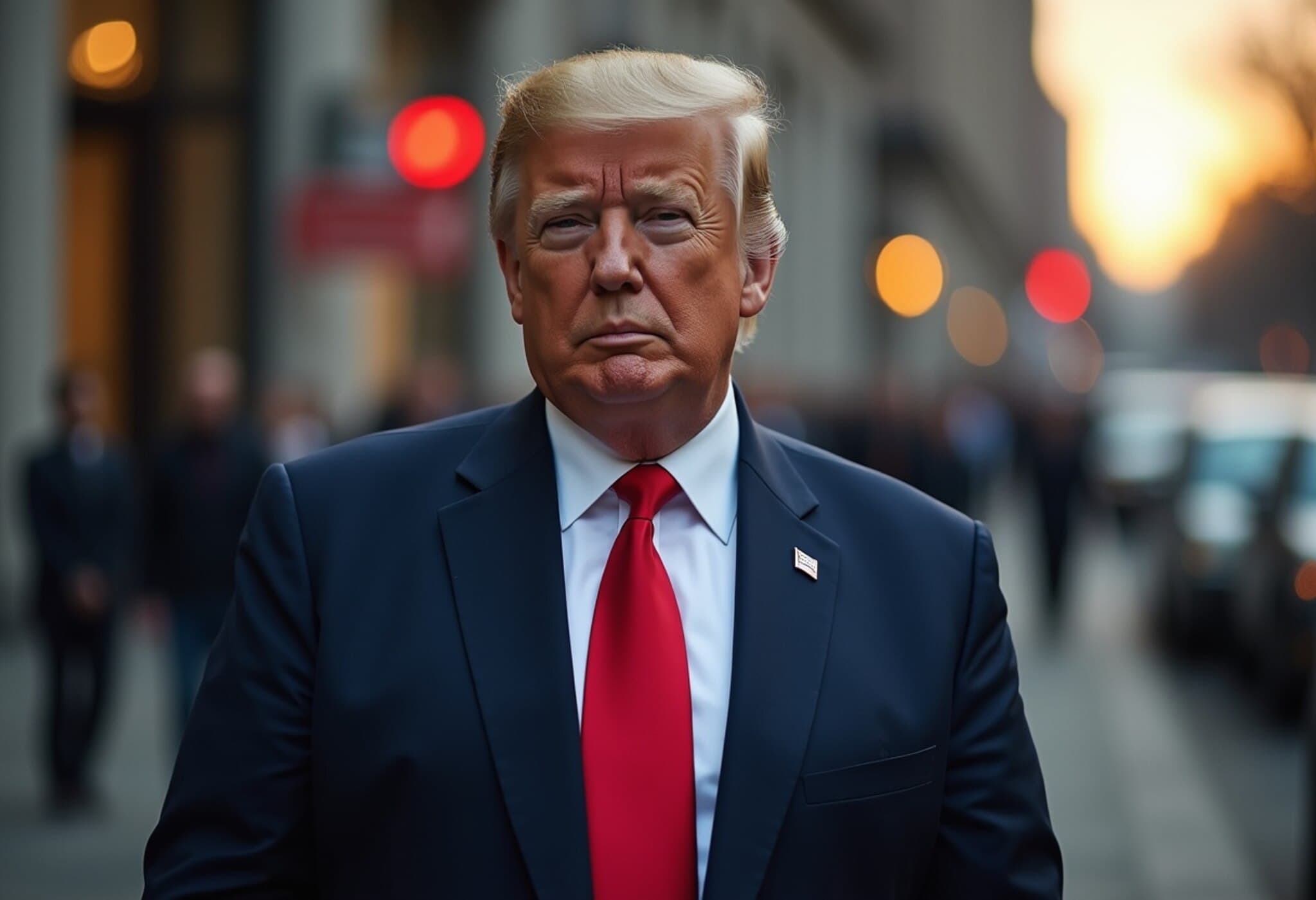Nvidia's Return to China: A Mixed Picture
After months of uncertainty, Nvidia is poised to resume sales of its cutting-edge H100 AI chips in China, following assurances from the U.S. government. This development marks a significant pivot from the restrictive export controls imposed earlier this year in April, which had effectively banned these critical components from entering the Chinese market. However, while this move might seem like a victory for the Silicon Valley giant, industry experts warn that Nvidia’s influence in China is facing substantial challenges beyond regulatory hurdles.
Market Share Under Pressure Amid Fierce Domestic Competition
Bernstein Research projects a decline in Nvidia’s AI chip market share within China—from an estimated 66% in 2024 down to 54% by 2025. The reasons extend beyond just export restrictions. Domestic Chinese AI chipmakers like Huawei, Cambricon, and Hygon have accelerated their innovation cycles and capitalized on the gap left by temporarily restricted U.S. technology to deepen their foothold in the booming Chinese AI sector.
Bernstein’s report highlights an important trend: the localization ratio of China’s AI chip market is expected to surge from 17% in 2023 to 55% by 2027. This shift underscores not only the industrial push for self-reliance but also a strategic response to geopolitical tensions. As U.S. export controls remain largely intact, Chinese companies are aggressively developing competitive alternatives, steadily eroding Nvidia’s dominance.
Insights from Industry Experts
Daniel Newman, CEO of The Futurum Group, remains cautiously optimistic. He believes Nvidia can regain market presence but acknowledges that some Chinese customers have already committed to homegrown solutions during the export hiatus. This highlights a delicate dance where Nvidia must navigate competitive innovation while also contending with shifting regulatory landscapes.
Meanwhile, Nvidia CEO Jensen Huang has been vocal in lobbying for broader access to the Chinese market, emphasizing how export restrictions threaten U.S. leadership in AI technology. This plea aligns with expert views that maintaining U.S. tech presence in China is vital to sustaining geopolitical leverage.
Regulatory Crosswinds and National Security Concerns
Adding complexity, the Cyberspace Administration of China recently summoned Nvidia over alleged national security concerns related to H100 chips. Beijing officials questioned the chips for potential "backdoors" or vulnerabilities that could give foreign entities control or access. Nvidia has firmly denied these allegations.
This interrogation ties into newer U.S. legislation proposing enhanced security requirements for semiconductor exports, including mandatory in-chip security layers and geographic usage verification. Beijing’s move signals a growing intent to control the infiltration of foreign AI technologies, preserving Chinese sovereignty over its AI infrastructure.
Analysts view this as a strategic signaling from Beijing, aimed at instilling caution among domestic developers considering Nvidia’s chips and preserving leverage to restrict foreign AI technology should indigenous AI chip offerings become fully competitive.
Wider Implications for U.S.-China Tech Relations
The Nvidia case exemplifies the broader geopolitical tightrope tech companies face amid escalating U.S.-China trade and technology tensions. Past episodes such as Micron’s cybersecurity probe and subsequent operational bans in China exemplify the fragility of foreign tech firms’ footholds.
Going forward, evolving export control policies, bilateral negotiations, and ambitious Chinese industrial policies will continue to shape the AI chip sector’s landscape. For U.S. firms, balancing compliance, market access, and competitive innovation will be crucial amidst this complex interplay.
What’s Next for Nvidia and AI Chip Markets?
- Market Recovery but at a Cost: Nvidia’s reentry to China signals hope but without assured market share restoration.
- Chinese Self-Reliance: Significant growth in domestic chip capabilities presents a structural challenge to foreign dominance.
- Regulatory Balance: Both U.S. and Chinese governments are leveraging export restrictions and security reviews as geopolitical tools.
- Innovation Race: Continuous advancement by all players is necessary to remain competitive in a rapidly evolving AI sector.
Editor’s Note
Nvidia’s anticipated return to the Chinese AI chip market offers a compelling lens into the broader currents reshaping global technology competition. Beyond immediate sales, this episode encapsulates the intricate link between tech innovation, national security, and geopolitics. As China pushes toward AI self-sufficiency and the U.S. tightens technology controls, Nvidia faces a future where collaboration and competition coexist uneasily. Observers should watch how policy shifts, innovation trajectories, and bilateral diplomacy unfold—each bearing profound impact on the AI chip ecosystem and global tech leadership.

